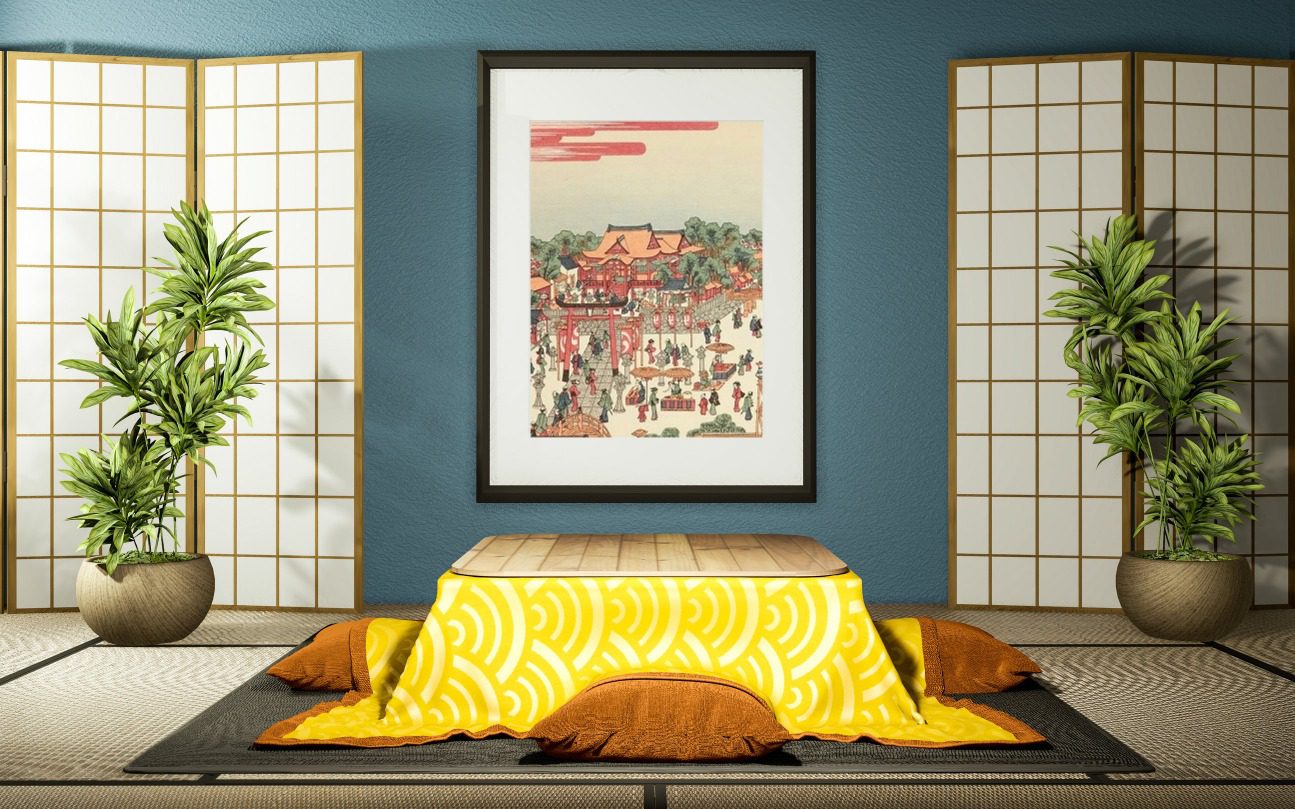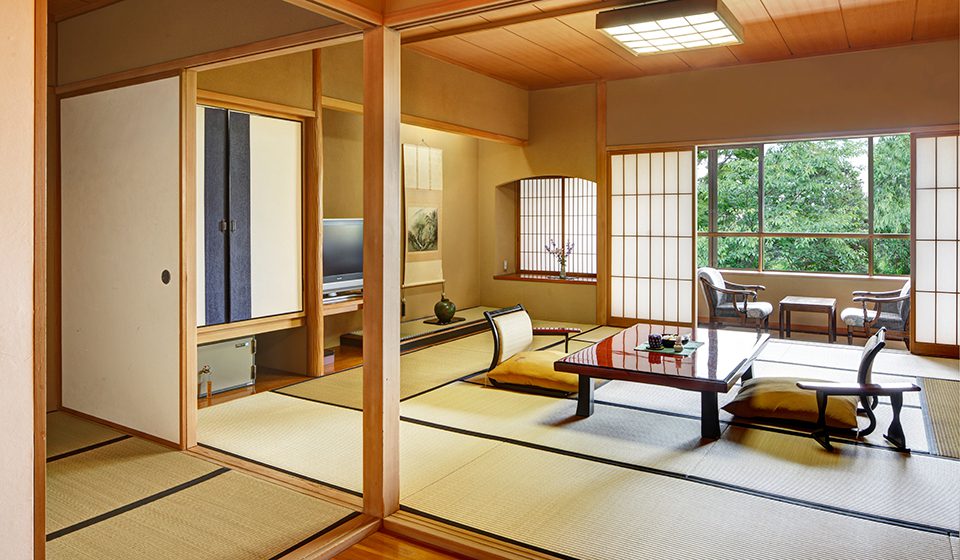When someone asks you what comes to mind when you hear the word “Japan,” what do you say? Common answers would be “sushi,” “cherry blossoms,” “geisha,” “sumo wrestler,” “samurai,” or perhaps even “Mt. Fuji.” An uncommon answer would be the “tatami mat” — an equally integral part of Japanese culture, as the other more popular ones. Have questions? Send us an email!
What is a tatami mat?
The tatami mat is a type of flooring usually found in traditional Japanese homes. It is typically made of rice straw, covered with reed or rush material, and has a decorative cloth edging. The tatami mat got its name from the Japanese verb tatamu, meaning “to fold” or “to pile.” This indicates that the early mats were thin and could be folded or piled together for them to be used.
History
The tatami mat started to be a luxury item in Japan in the 12th century. It was originally made for seating nobles of similar statures, such as those that held significant positions. Later on, these Japanese aristocrats started to also sleep on the tatami mats, as they were firm. Because of this, tatami mats started to be made thicker. Eventually, around the 15th to 16th century, these mats began to be used as flooring. This was when common people also started to use the mats.
Why choose tatami mats?
Tatami mats made excellent flooring as they were how Japanese individuals and families lived and functioned in their homes. Because they were comfortable enough to be slept on, they felt good on bare feet as well. The mats were so well designed because of their origins that they fit perfectly with the wooden exterior and interior.
The mats were functional as well. They were found to be great in absorbing heat, as well as vapor from the air. This gave the room that the Japanese placed the mats at a good over-all temperature. It also had a natural smell because of the materials it was made of, calming and relaxing. Rooms with tatami mats came to be called “zashiki,” meaning “rooms spread out for sitting.” These were usually rooms where families or groups of friends spent time together over a meal or tea.
At least one room in a Japanese house still makes use of mats. They are easily available, as they are made locally, and hence are easily replaceable. Moreover, the mat remains cost-effective and is easier to maintain than a rug or a carpet.
The tatami mat becomes easily recognizable as being truly Japanese. It has an understated elegance, and its function and culture it has created remain significant until today.
Here at Japanese Style, we have various authentic Japanese products for your home. Check out our catalog for the latest traditional Japanese home items.



